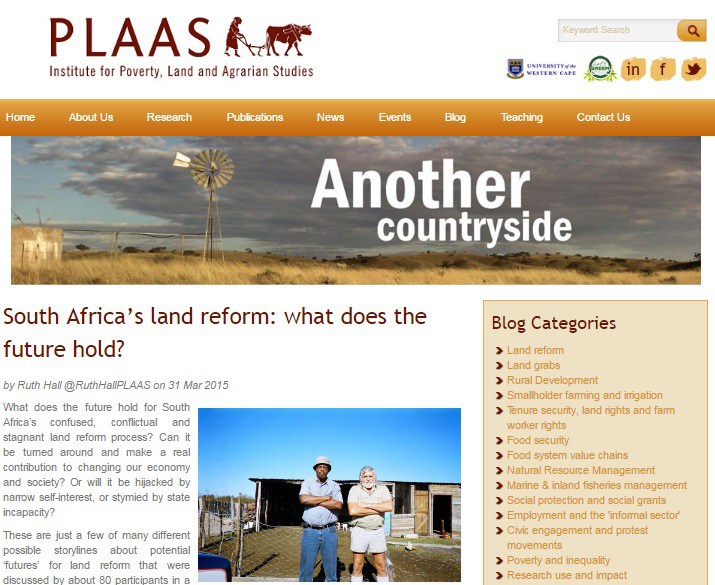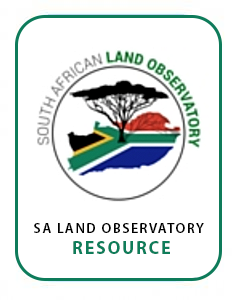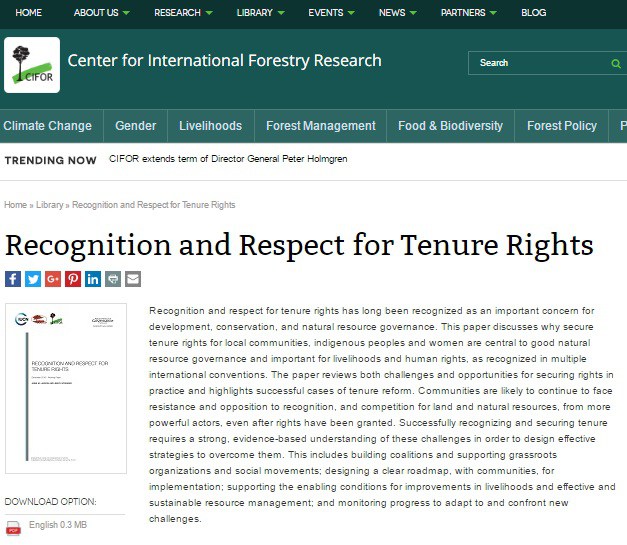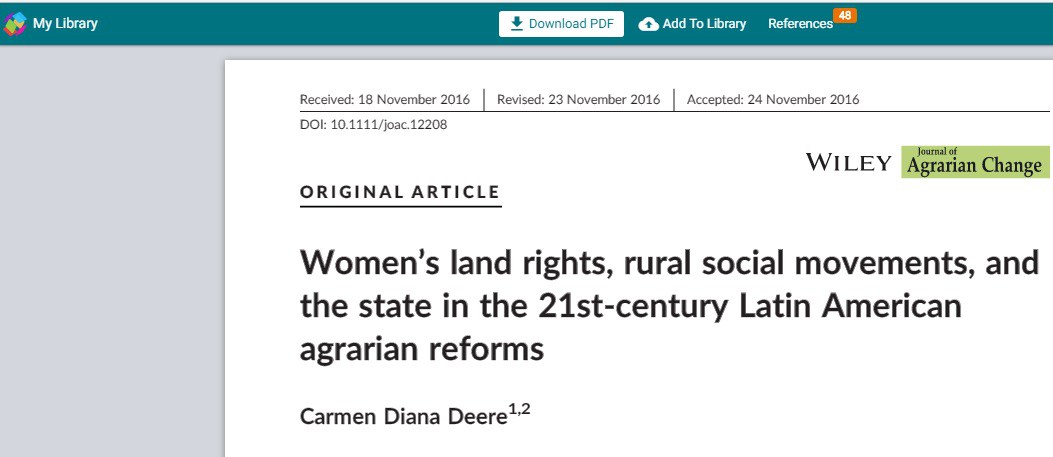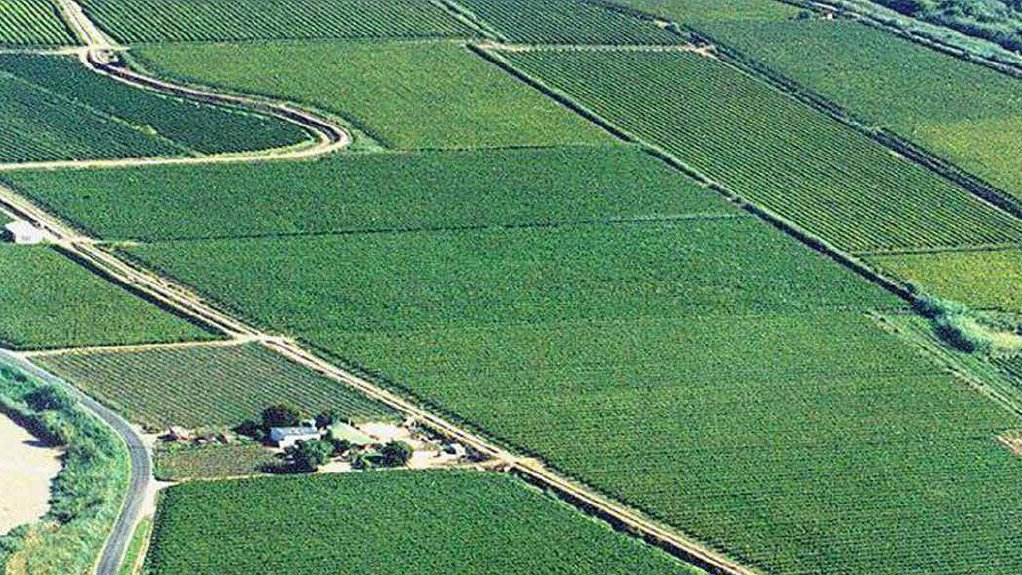Restitution of Land Rights Act 22 of 1994
To provide for the restitution of rights in land to persons or communities dispossessed of such rights after 19 June 1913 as a result of past racially discriminatory laws or practices; to establish a Commission on Restitution of Land
Rights and a Land Claims Court; and to provide for matters connected therewith.


